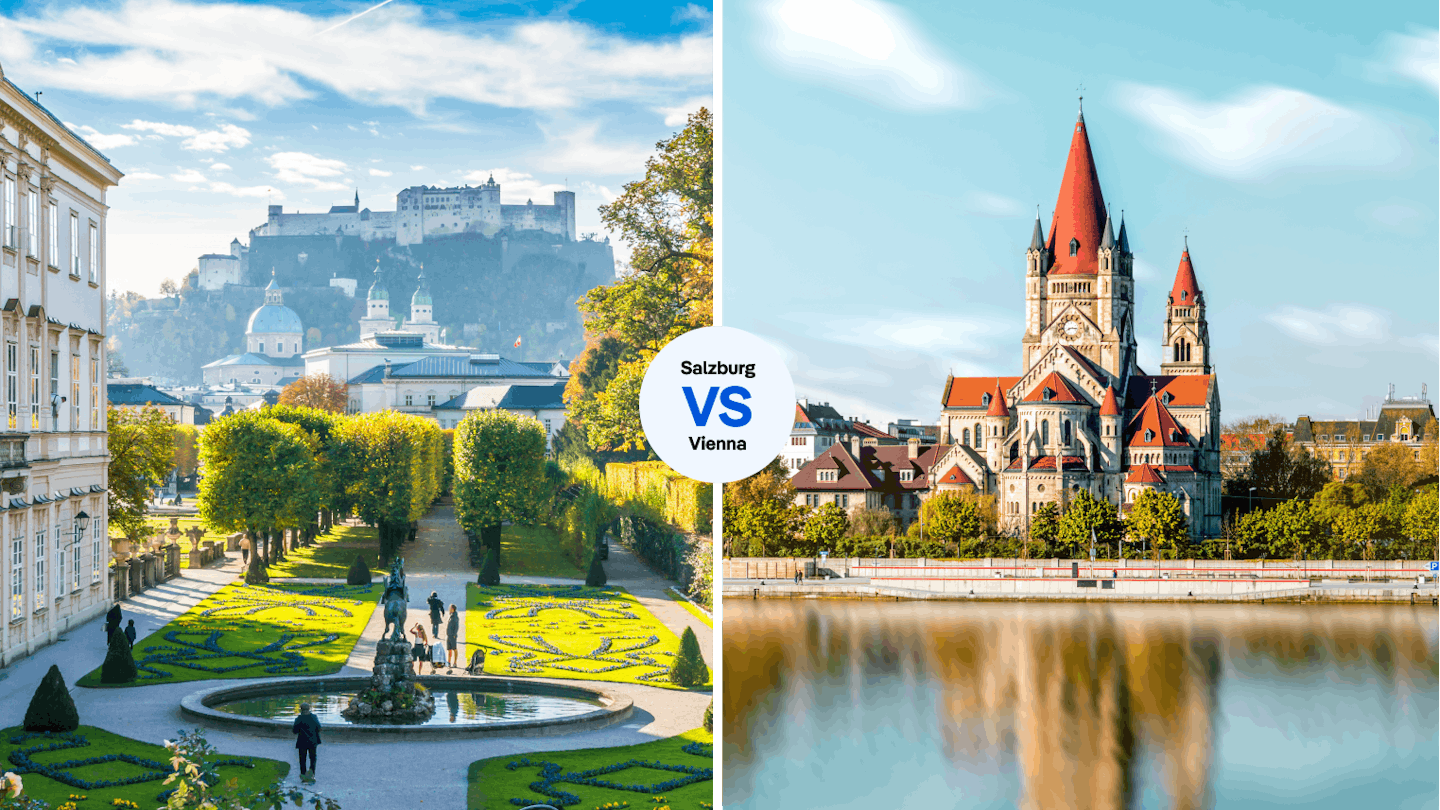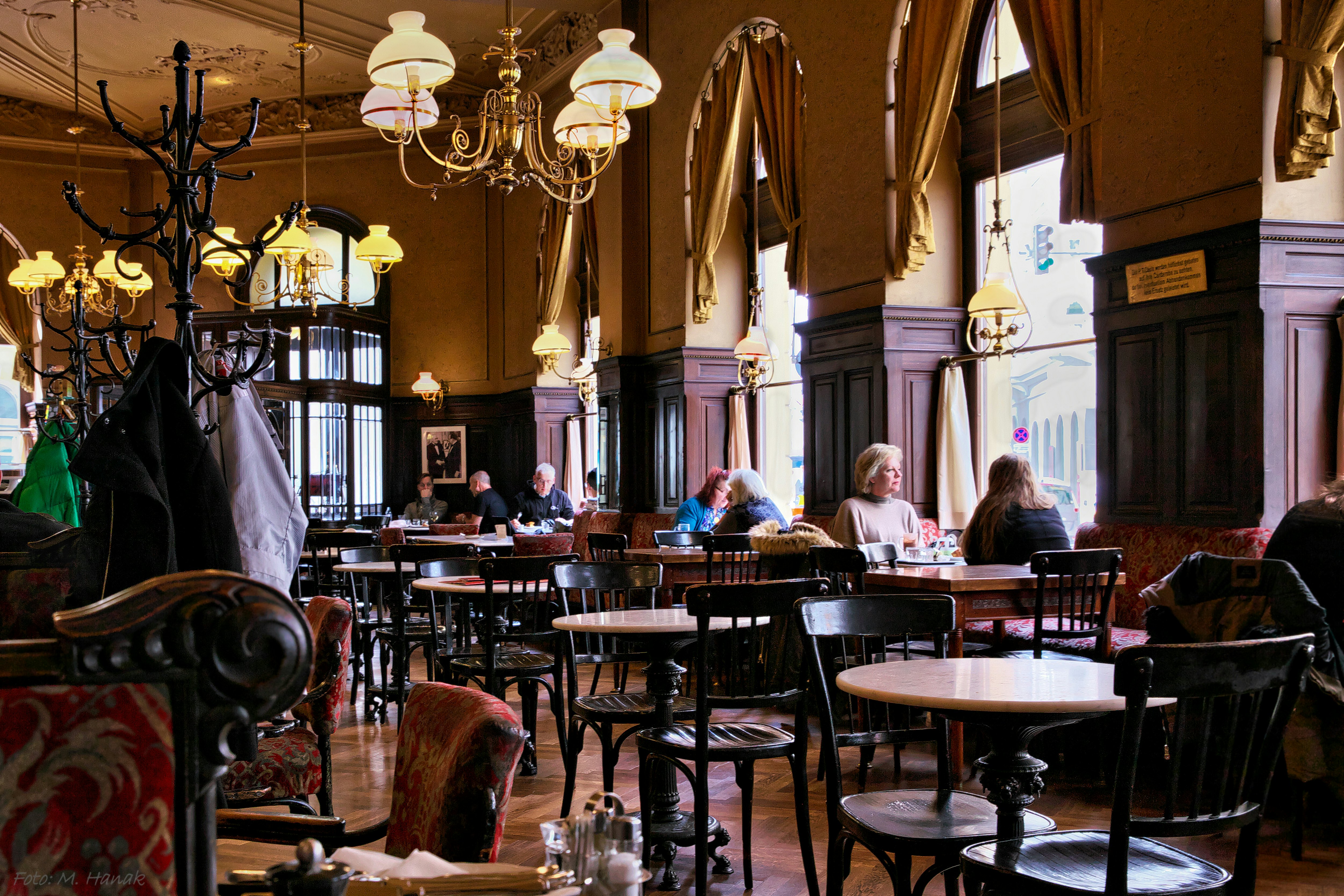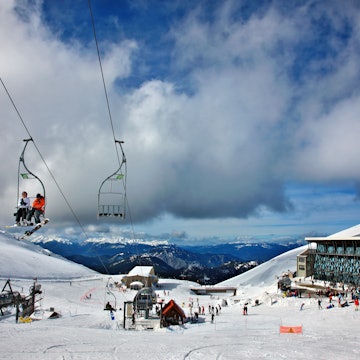
Salzburg vs Vienna: which awesome Austrian city has more allure?



Are you more dazzled by Mirabell Gardens in Salzburg, or St Francis of Assisi Church in Vienna? © iStock
Mountains, music and sweets mit Schlag: Austria’s charms are irresistible, and draw millions of visitors each year.
Two of the country’s most populous cities, Salzburg and Vienna are – justifiably – also two of its most popular. But which one offers the better introduction to Austrian art and culture? Below, two well-published experts offer the case for their preferred place.

Salzburg: Austria in a (beautifully baroque) nutshell
Kerry Walker lost her heart to Salzburg when she first authored the Lonely Planet Austria guide in 2007. Since then, she has roamed every crowd-free alley and climbed (almost) every mountain on the city’s fringes.
Nowhere says “visit Austria!” like Salzburg – not even Vienna. This is, after all, where Mozart was born, got off to a flying start as a composer at age five, and where his tunes still reverberate in gilded concert halls that are among Europe’s finest.
This city was built grand and glorious by filthy-rich and madly ambitious prince-archbishops, who plonked a massive fortress high on a hill 900 years ago and went on to fill the Altstadt (now a Unesco World Heritage site) with palaces, galleries, domes, churches and baroque plazas. And it was here that everyone’s favorite yodeling nun – Maria von Trapp (played Julie Andrews) – taught the world to sing in The Sound of Music.

Then, of course, there is that cinematic Alpine backdrop you can’t quite take your eyes off, which will send your soul soaring higher than Julie’s octave-leaping vocals.
Vienna has its whirl of Habsburg palaces, galleries stuffed to the rafters with Klimts, coffee houses haunted by the ghosts of Sigmund Freud and Stalin, and the stately Ringstrasse boulevard. But its grandeur can be overwhelming, and the city can feel standoffish.
Not so with Salzburg. Sitting astride the turquoise Salzach River, this perfectly sized and laid-out city is crammed with a lifetime’s worth of culture and history – but you need never battle traffic or so much as hop on a tram or U-Bahn to see it. All you need is cobble-friendly shoes (and stout boots for straying into the mountains). And its petite proportions mean you can dive deep in a long weekend.

While the rest of the world rushes through the 21st century, Salzburg rolls back the centuries. The Residenz palace is a joyous romp through time, with its chandelier-lit state apartments and gallery brimming with paintings by Rembrandt, Rubens and their ilk. Trot a few minutes uphill and you’re at Stift Nonnberg, a Benedictine abbey echoing with 1300 years of history and festooned with Romanesque frescoes. (This was where novice nun Maria proved a problem in The Sound of Music.) Arrive at 6:45am, as the sun rises and the nuns sing Gregorian chorales, for a hairs-on-end moment. From here, you can walk above the city’s spires and rooftops to Salzburg’s cake-topper castle, Festung Hohensalzburg, and along the steeply wooded cliffs of Mönchsberg to Museum der Moderne, with its high-caliber exhibitions of contemporary art.
Not bad for a morning’s stroll, right?
Back at ground level, there’s more: the fabulously baroque Dom cathedral and Erzabtei St Peter, the oldest abbey-church and monastery in the world, founded by an itinerant bishop named Rupert in 696. Skip across the river and you reach Schloss Mirabell’s gardens, with roses, mythical sculptures and fortress-framing views that drive Instagrammers wild.
Food? Salzburg pushes all the right buttons: whether you want to fill your tankard at the pump and scoff pork knuckles and giant pretzels under the chestnut trees in the beer garden at monk-founded Augustiner Bräustübl; dig a dainty fork into chocolate cake at Sacher (yep, Salzburg has posh coffeehouses, too); or go all out with a romantic date-night dinner at the Michelin-starred likes of The Glass Garden (who’s in for chamois haunch with spruce, blueberry and wood sorrel?).

And there’s always a reason to dust off your dirndl or lederhosen in this high-spirited city, with the party peaking during summer’s epic, five-week Salzburg Festival, one of the world’s greatest celebrations of opera, drama and classical music. At Christmas, Salzburg sparkles festively, with markets, snow dusting the surrounding Alps and carollers singing “Stille Nacht”(“Silent Night”), which was penned right here by homegrown priest Joseph Mohr in 1816.
About the crowds: yes, if you mosey up in August you will find Salzburg fit to burst. If you prefer things quieter, visit in spring and autumn instead. But even in summer, you can escape to the river or leg it into the mountains. Untersberg gives you a proper blast of the Alps, 1973m (6475ft) up, and you can hoof across ragged karst heights to Bavaria. Or take a picnic to Schloss Hellbrunn, where Prince-Archbishop Markus Sittikus dodged his spiritual duties and threw drunken parties in exotic gardens full of trick fountains in the 17th century.
If you want the full-on Austrian dream, Salzburg, in the country’s Alpine heartland, delivers. With a grumble, even the Viennese will admit that.

Vienna: grandeur that knows no bounds
Luke Waterson used to live one hour outside Vienna, and has written about the city for outlets such as Adventure.com and Morning Calm magazine .
From its landmark sights to eating out and entertainment, from its haughtiest baroque palace to its most daring ultramodern building, Vienna casually swats away most competitors in Europe who dare to challenge its appeal. And it won’t even break a sweat.
Getting panicky about potential rivals elsewhere in the world has never been Vienna’s style. The city has been all about coolly, calmly establishing itself as Nummer Eins for a good few centuries now.

So it’s an interesting run-in to pit Austria’s other key cultural heavyweight, Salzburg, against the capital.
But since these two have similar claims to the king of classical music, Mozart, the cultural clash boils down to The Sound of Music versus Gustav Klimt’s groundbreaking art, Lucien Freud’s psychoanalysis, some of the most important compositions of Ludwig van Beethoven and chamber music maestro Joseph Haydn, the world’s most extra chocolate cake in Hotel Sacher’s namesake torte, and a roster of other triumphs there isn’t space to detail here. And however much we all grew up watching Julie Andrews frockling in Salzburg’s surrounding mountains, is that really what you’re after now?
Aesthetically, yes, Salzburg does sport that devastatingly gorgeous mountain backdrop – but in Vienna you don’t need to gaze into the far distance, since many of Europe’s grandest buildings are jostling for your attention in the foreground. Cue the Hofburg palace complex, from which the Habsburg dynasty once controlled one of the world’s mightiest empires, where the crown jewels mesmerically twinkle and where the most famous equine ballet on the planet breathtakingly takes place at the Spanish Riding School. Cue the Schloss Belvedere palace and grounds, built to compete in ostentatious beauty with Versailles. It’s all nonstop finery, radiating out from the Unesco-listed historic center.

And that’s why I love Vienna. The taste the Viennese have acquired through the course of their history for life’s loveliest things just rubs off on you and makes you think that’s how life should be everywhere. Except it’s not – not to the same impeccable standards. Perhaps this is why the city secured top spot on The Economist’s Global Liveability Index for four of the last five years.
What precisely makes it so livable? Everything. There are hundred-odd museums here, including numerous world-class repositories of art like the Leopold Museum – and at least as many other sorts of sights again, tributes to Vienna’s glamorous lives and great deeds past and present. Viennese coffeehouse culture has Unesco Intangible Cultural Heritage status, not only for the ornateness of the premises but for the pedigree of former patrons (you’re drinking where Klimt, Freud, Trotsky once did – if these walls could talk…) and types of drink served with their locally specific backstories (like the Einspänner, a double espresso topped with foam so city coachmen could keep their hot drinks insulated in the cold).

The city relishes its wine just as much – and as one of the world’s few capitals with appellation wine grown within it quaffs the good stuff in dedicated Heurigen (wine taverns). It’s rich in social improvement projects, too, such as Magdas – a hotel staffed by refugees. Even its waste incineration plant in Spittelau is a stunning tourist attraction, bedecked in the vibrant art of Friedensreich Hundertwasser. Let’s not forget, either, that the capital gave the world both the waltz and opera glasses.
No further evidence needed that this city embraces the good life like nowhere else.















